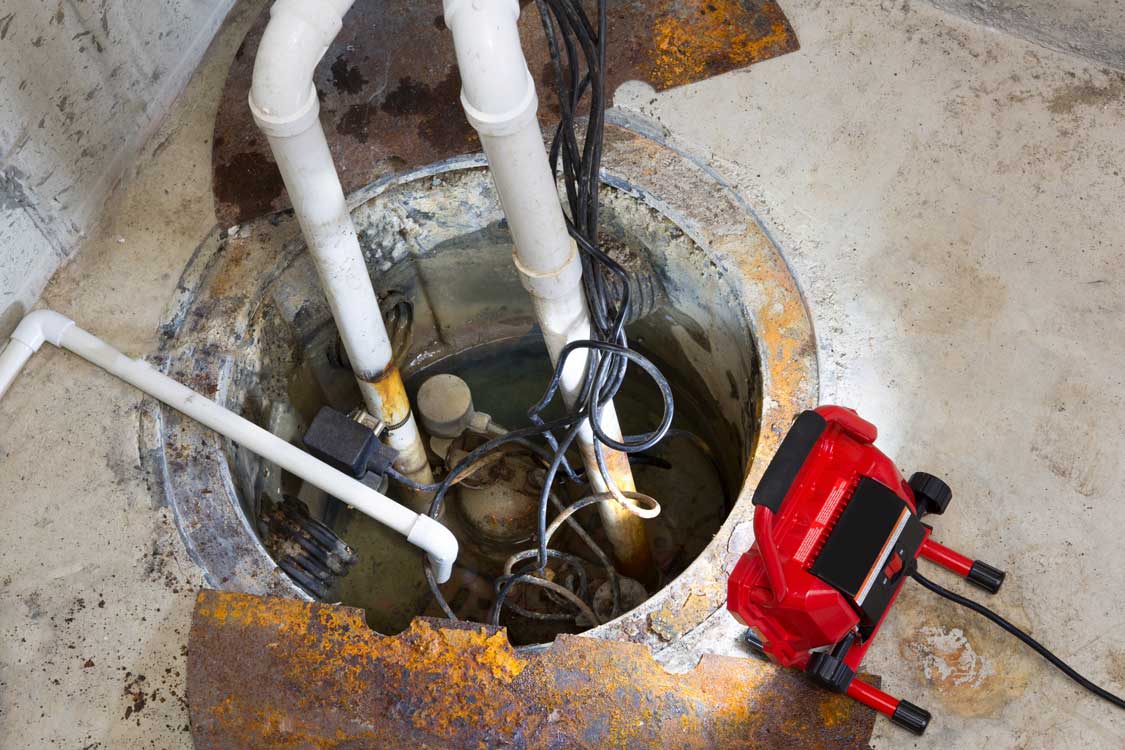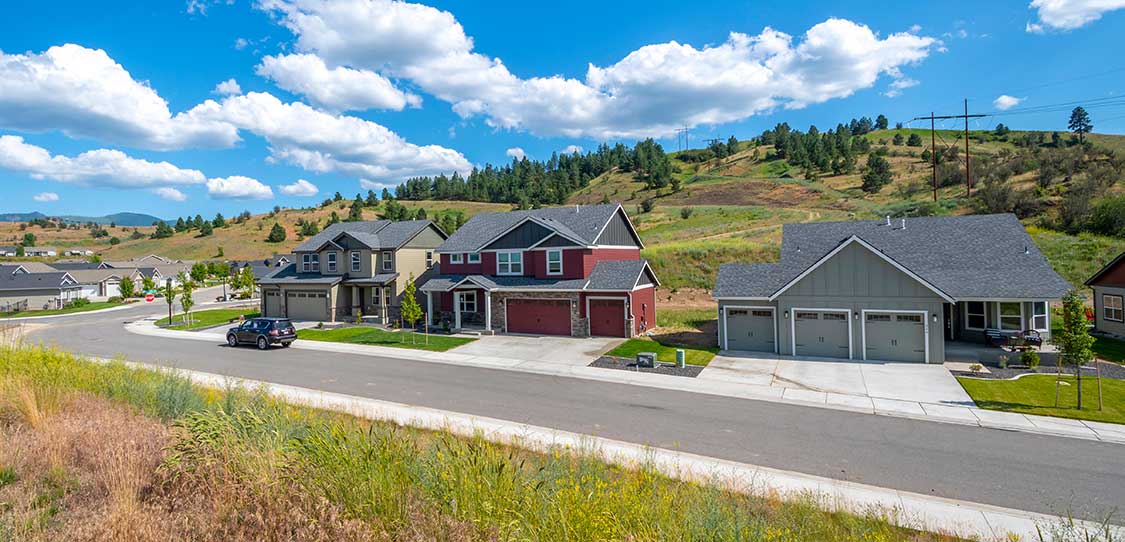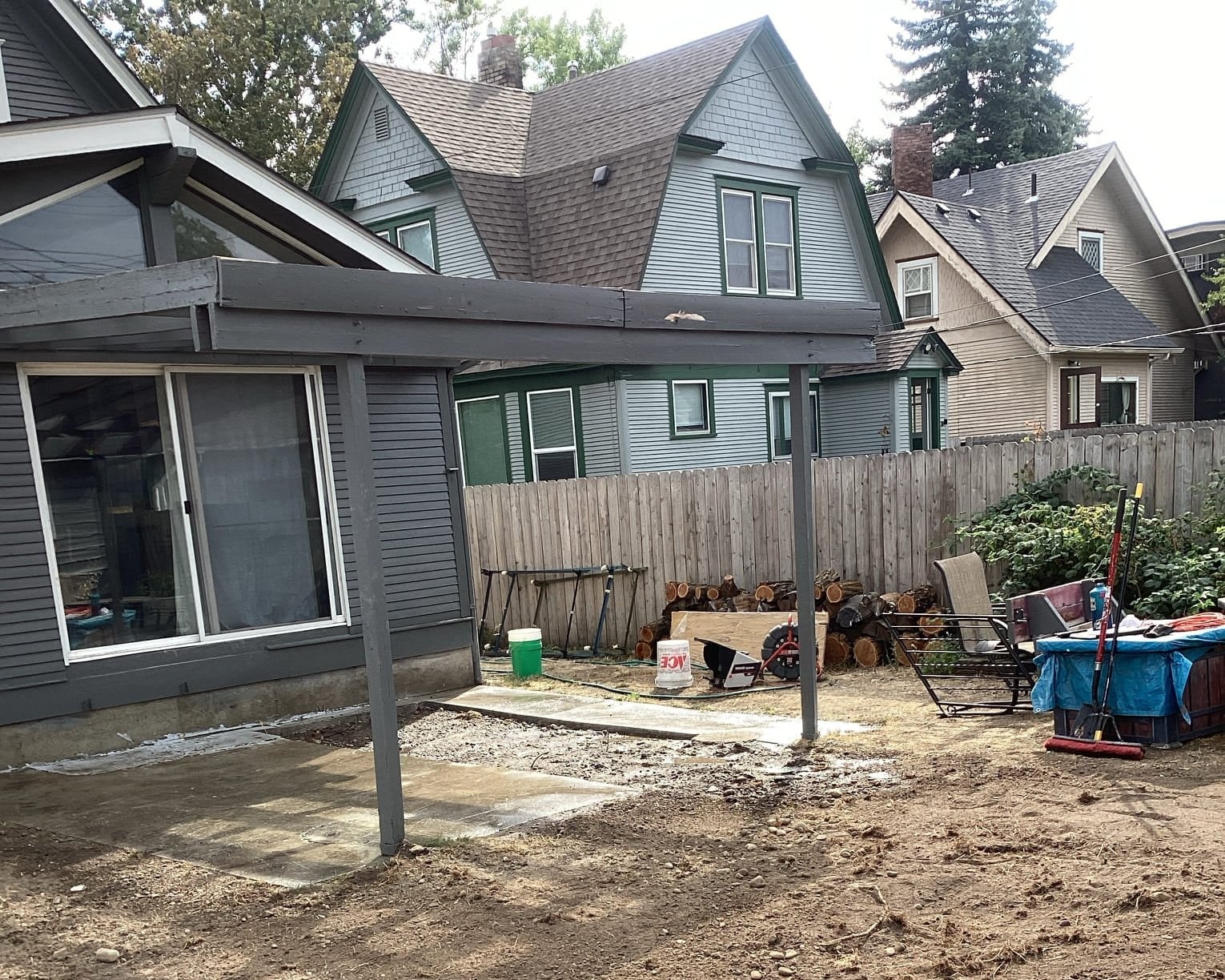The cold weather has arrived, and with it comes the threat of frozen pipes and water damage to your home. Frozen pipes are not only inconvenient but can also be very costly and lead to health issues within your home as well. This article will outline a few ways to help prevent your pipes from freezing in the first place, as well as some measures you can take if they have already frozen. Let’s get started!
What Causes Frozen Pipes?
There are a number of factors that can cause your pipes to freeze. The most common reason is that you didn’t get them properly insulated.
Another factor is that you simply don’t have enough heat on your house. A lot of people make mistakes when they try and insulate their pipes, because they don’t understand how it all works together. To prevent frozen pipes, we recommend you follow our simple tips.
Inspect and Maintain in Cold Weather
If you live in a freezing-cold region, make sure your home is prepared for winter weather. Inspect all of your doors and windows—particularly your water pipes, gas lines, and electrical wiring—for cracks or other damage that could let cold air inside.
Clean out Valves, Connections & Fixtures
The best way to keep your pipes from freezing is to clean out valves, connections and fixtures on a regular basis. When water doesn’t flow through these parts of your home, it can freeze and expand.
Even if you have a newer home with insulation, keeping valves clear and ice-free reduces friction that causes potential damage over time. In older homes without proper insulation, clear them out as soon as winter hits to prevent frozen pipes in your home.
Warm Plumbing System before Turning on Heating System
Before firing up your furnace for an upcoming cold spell, make sure you’ve thoroughly warmed up your plumbing system. If water pipes are exposed to temperatures below 40 degrees, they can freeze and burst.
To avoid that catastrophe, open a faucet or two on each floor of your home before turning on your heating system. Then turn on a hot-water faucet at full blast and let it run until you feel hot water flowing out of it.
Insulate Outside Piping- Hot Water Lines, Drain Lines & Supply Lines
In cold climates, it’s possible for outside piping to freeze. You can prevent frozen pipes on your home by insulating outside hot water lines and drain lines (as well as your supply lines) with foam insulation or heating tape. As an extra precaution, you can wrap these pipes with metal plumbing heat tape during extremely cold spells.
According to some estimates, heating tapes use about 10% of your home’s power; if energy costs are high, they may not be worth it. If your piping is exposed and there’s a risk of freezing (i.e., if it’s really close to outside walls or windows), insulating and taping might be worthwhile just in case.
Insulate Water Meter
If you live in a house, it’s important to make sure that your water meter is insulated. Most modern houses have at least some insulation installed around their water meters. But if your home was built before 1950 or has not been upgraded since, you may want to consider installing extra protection around your pipes and water meter.
These old-fashioned houses are particularly susceptible to frozen pipes because of their lack of insulation. Insulating your water meter is an important step in protecting your home from cold temperatures and freezes. It doesn’t take a lot of time or effort, but it can make a big difference over winter.
Other Tips to Prevent Frozen Pipes
It may seem obvious, but make sure you keep your thermostat at a level high enough that it doesn’t cause pipes to freeze. It’s usually recommended to keep it between 62 and 65 degrees Fahrenheit. If you think your pipes might still freeze even with a warmer house, be proactive and leave a hose running outside or place heat lamps around exterior water pipes if temperatures drop below freezing (remembering to never have them on when it is raining).
Doing so is a smart way to protect not only your home but also your wallet.







